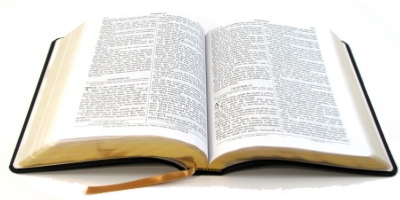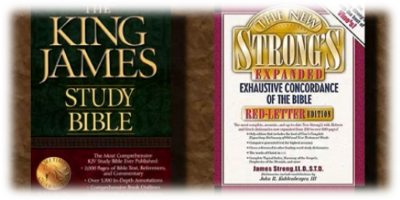The Hebrew word פרדס (pardes, Strong's #6508) only appears three times in the Hebrew Bible. In the Young’s Literal Translation (YLT - I like the YLT but it is not as “literal” as it could be) this Hebrew word is translated as “paradise.”
and a letter unto Asaph, keeper of the paradise that the king... (YLT, Nehemiah 2:8)
I made for me gardens and paradises, and I planted in them trees of every fruit. (YLT, Ecclesiastes 2:5)
Thy shoots a paradise of pomegranates, With precious fruits, (YLT, Song of Solomon 4:13)
What is a paradise? The American Heritage Dictionary provides the following definition, “A place of ideal beauty or loveliness.” While this is an appropriate definition for the English word “paradise,” let’s not forget that the Hebrews thought in concrete terms rather than in abstract ones like “beauty” and “loveliness.” A more Hebraic definition would be, “A place of ideal rest and sustenance.” Imagine yourself walking through the desert; you’re hot, tired and hungry. Then you come over a rise and see before you an orchard of fruit trees. You have just entered a “paradise,” a place where you can lay in the cool shade of the trees and eat the wet and sweet fruit from the trees. Most other translations translate the word pardes as an “orchard.” While this is the meaning of the word, the idea of a paradise (from a Hebraic perspective) better illustrates the true meaning of the word.
The word pardes is also an acronym for a very ancient form of Biblical interpretation. The word pardes is written with four letters, פ (P), ר (R), ד (D) and ס (S). We could then write this word as PaRDeS. Each of these letters represents one word, P’shat, Remez, D’rash and Sod. The word p’shat means “plain” and represents the plain simple meaning of the text. The word remez means “hint” and represents an implied meaning of the text which usually has a deeper meaning. The word d’rash means “searching” and represents the meaning of the text that must be found buried in the text. The word sod means “hidden” and represents a hidden meaning that is drawn out from the text. When using these four methods of Biblical interpretation it is important to remember that the first method, the p’shat, can never be removed or changed with one of the other methods.
When these methods of Biblical interpretation are applied to the Hebrew text, the text becomes a “paradise,” a place of rest and sustenance.

Like what you’re discovering? Continue the journey from Bible reader to translator.
|






